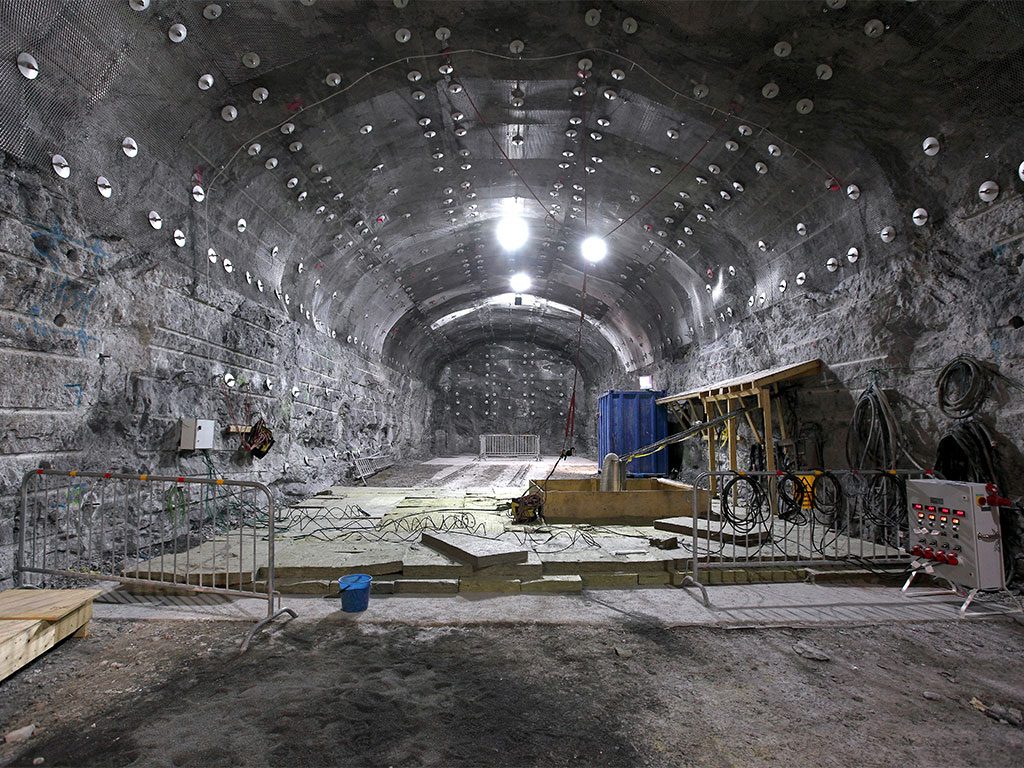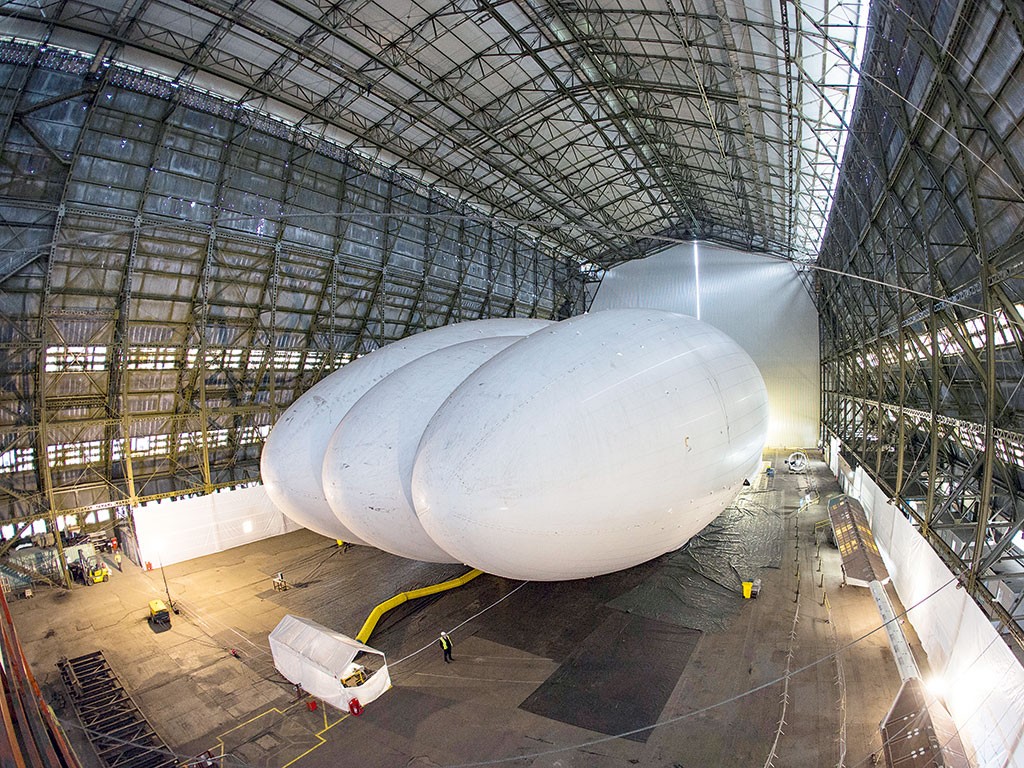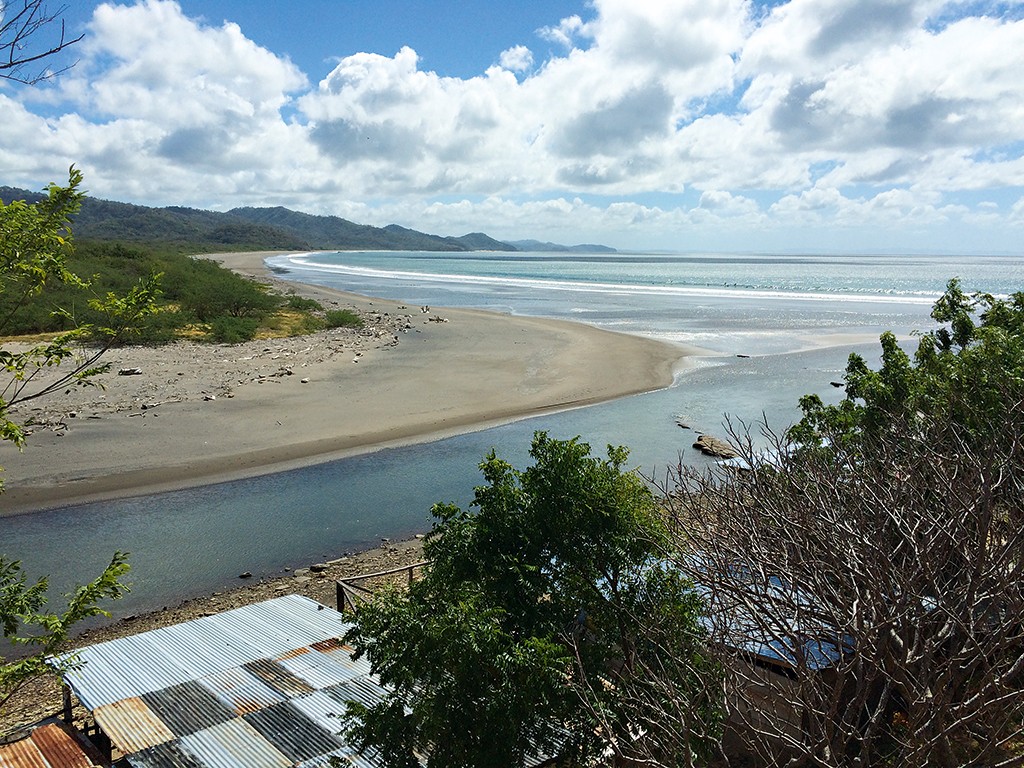Tidal bore energy: how its harnessed
Tidal bore energy was harnessed as far back as the 1960s. It’s predictable, renewable and can produce massive amounts of power; but it’s also costly and damaging
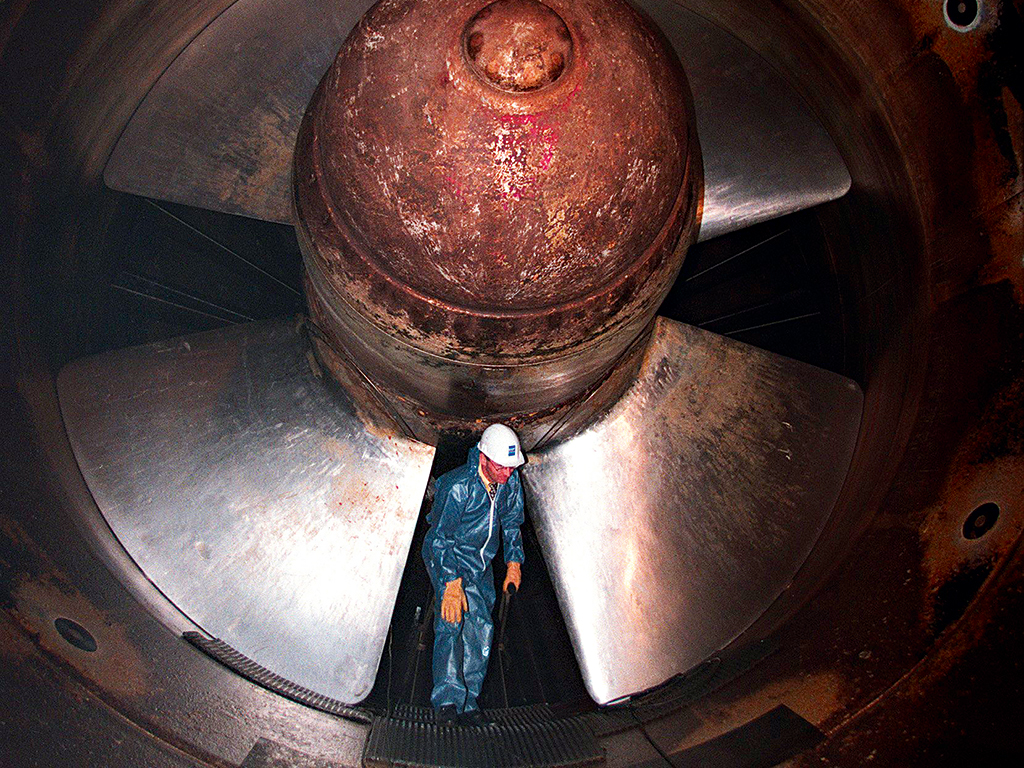
A technician at the La Rance River tidal power plant in western France
Ever since the Victorian era, engineers have attempted to harness the energy potential of the UK’s Severn Bore tidal range. It wasn’t until the 1960s that French scientists actually implemented the technology that proved it could be done, with their Saint-Malo facility bringing in an estimated 240MW every time the tide comes in.
With the Severn boasting one of the strongest tides on Earth, a tidal bore power station on the estuary floor could provide five percent of the UK’s overall energy needs. With government officials scrambling to meet an internationally agreed carbon reduction target of 80 percent by 2050, the implementation of carbon-neutral production facilities would help the nation bring down emissions and increase green contributions to the national grid by 15 percent.
Because tidal systems are dictated by the moon’s gravitational pull, energy can only be harnessed for 10 hours per day. That is less production time than wind turbines and solar photovoltaics, but the predictability of those tides means engineers know exactly when extraction systems need to be in operation. Furthermore, water has 1,000 times the density of air, which makes it possible to generate electricity from the tide even at very low speeds.
Once installed, bore systems require only rare maintenance, so there are very few overhead costs. Meanwhile, typical installation depths of 30-50m below the surface ensure minimal disruption to area aesthetics and local shipping.
Unfulfilled potential
That being said, there are quite a few reasons tidal power has yet to reach its full potential. First and foremost, it’s far too costly to maintain. In 2011, the UK government concluded a two-year feasibility study analysing 10 proposals to utilise the tidal power of the Severn Bore. The largest proposal, which would be installed between Cardiff and Weston, would cost at least £34.3bn to build. According to government researchers, a lack of demand among private investors means the public purse would be responsible for nearly the entire cost of installation.
There’s a lack of interest because the risks associated with bore power have yet to be financially mitigated. Strong ocean storms and salt-water corrosion can all but total the devices – instantly tossing away billions of pounds of investment. Considering the largest proposed system in the Severn would be able to produce just 4.6TWh per year, such an investment simply isn’t worth the risk of further costs.
Two new nuclear reactors proposed in Somerset will cost just £8bn each, and will provide enough power to supply seven percent of UK homes for the next 60 years. Proposed bore projects, on the other hand, would take up to a decade to reach full capacity, and could actually hinder Europe reaching its mid-term carbon reduction targets.
Ecological ramifications
Aside from cost-effectiveness, numerous tidal bore energy proposals have come under fire due to unanswered questions surrounding the potential ecological ramifications. While such schemes do create calmer waters and provide protection against rising sea levels, they fundamentally alter the habitats of the area’s sea life. Ecologists have warned that any one of the Severn’s 10 proposed schemes could chase away up to 30 species of birds – and would also lead to local extinctions of certain fish. Until such a time as those biological risks can be mitigated, government officials have ruled tidal bore development in the area is more trouble than it’s worth.
That doesn’t mean developments aren’t being pursued more successfully elsewhere. Experimental harvesting technologies being pioneered across Scotland, Northern Ireland and Canada are already showing investment in smaller-scale tidal projects can be more viable. Yet, for now, the vast majority of officials remain hesitant to support high investment in a method of energy production that is still in its infancy.
How it flows: a tidal barrage in action
Tides flow through rivers and estuaries twice every 24 hours and 50 minutes. Predominantly caused by the gravitational pull of the moon, they are 100 percent predictable and a reliable energy source.
The barrage is built across a bay, river or body of water that is subject to tidal flow. Usually made out of concrete, it holds back water at high tide, and houses both the turbine and sluice gates.
The basin is filled with water until high tide, when the sluice gates are shut. When the water level outside the basin changes relative to the level inside, the turbine is able to produce power.
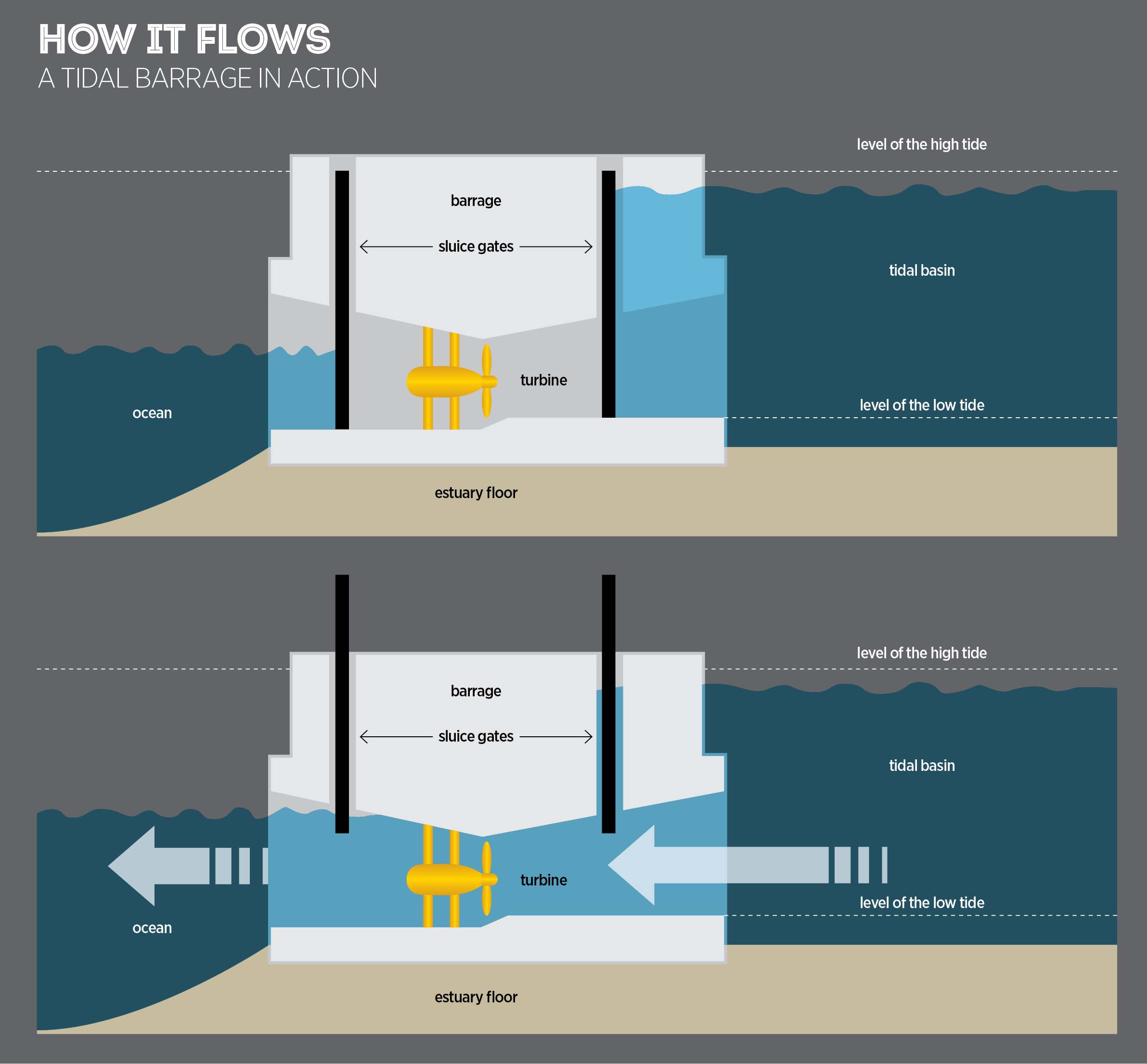
The sluice gates are eventually opened, allowing water to flow from the tidal basin, and through the turbine inside the barrage (after several hours, the gates close to begin the process again).
The water flows from the tidal basin, through the turbine and into the ocean. The movement of water generates the rotary motion of the turbine, which is then converted into electricity.
The environmental impact of tidal barrages has been called into question, with ecologists warning schemes could lead to the local extinction of fish species and displacement of birds.
Source: Encyclopaedia Britannica


